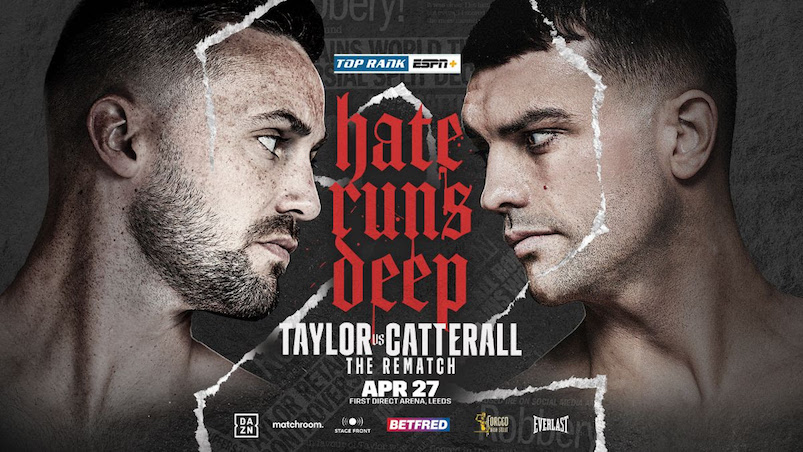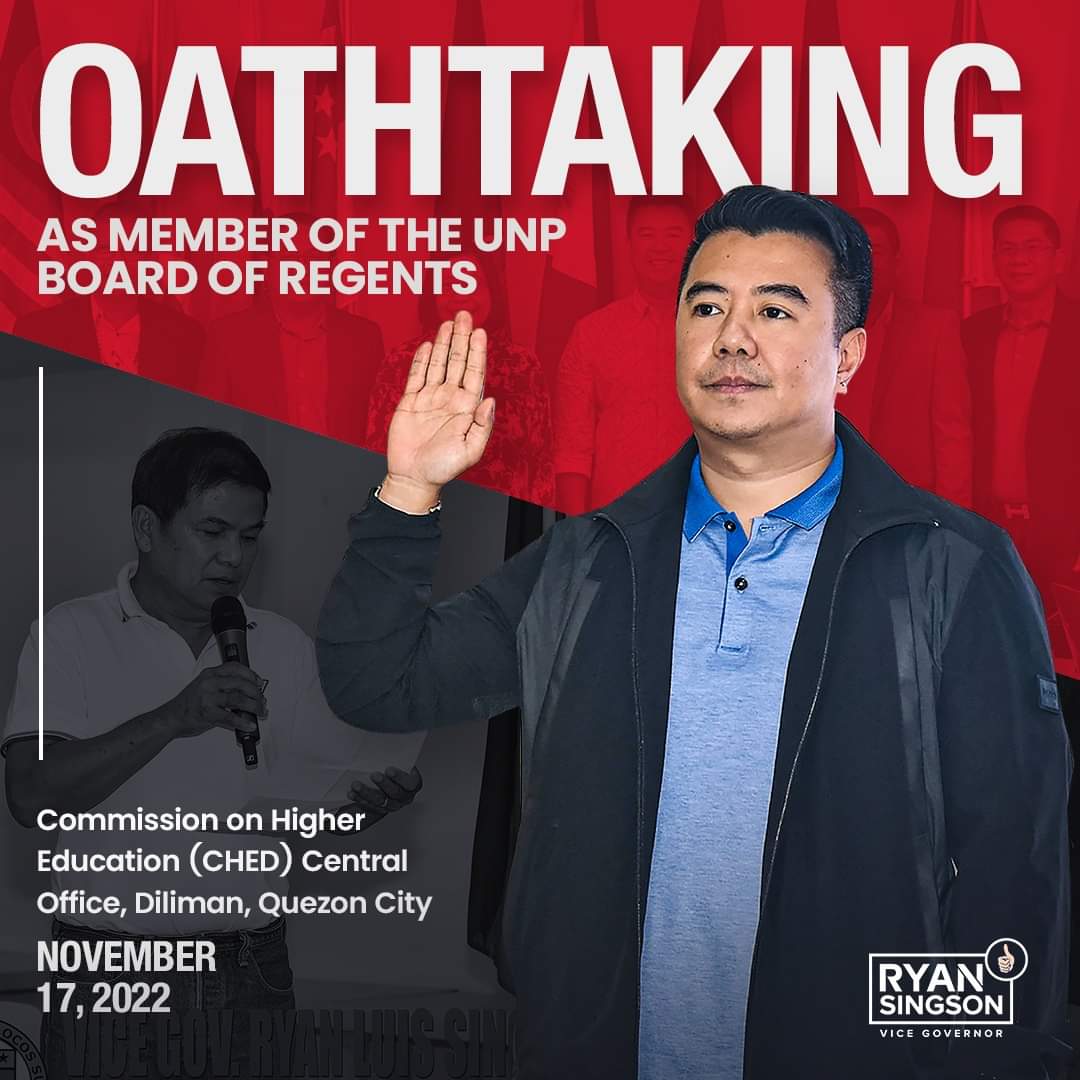In retrospect, the entire 2013-14 Pacers team seems like a bizarre mirage. As the NBA violently careened towards the pace-and-space era that led to the Warriors’ small-ball rise, Indiana spent three seasons as the one of the last bastions of the ’90s, besieged all around by teams adopting increasingly modern approaches.
Yet for those years, the Pacers thrived. They took a 2-1 lead on the Heat in the second round of the 2012 playoffs and pushed Miami to seven games the next year in the conference finals. The rematch in 2014, though, ended in Game 6, part of what is now six straight Finals for LeBron.
The Pacers weren’t the only team playing this style, but they were clearly the most effective. Paul George pushed for superstar status, Roy Hibbert turned "verticality" into a buzzword and David West’s angry yelling was matched only by his pick-and-pop process.
All those unexpected happenings, and Lance Stephenson’s breakout was by far the strangest. No one expected him to approach All-Star status, but he did. Maybe that entire season was played in the upside-down world of Netflix’s Stranger Things, because it’s otherwise hard to fathom exactly how far Stephenson has fallen three years later. It’s September and he still hasn’t been signed by an NBA team.
There’s still time for teams to sign him, but every organization already had two months to consider it. A Monday workout with the Pelicans, the only substantial report of a team linked to Stephenson in weeks, hasn’t amounted to anything yet. Without a place on an NBA roster, Stephenson will likely go overseas. China is a common landing spot for players who have clear NBA talent, since it allows them to return to the states as a free agent by March.
Lance’s rise and fall
Stephenson, a second-round pick by the Pacers in 2010, scarcely played his first two years. He turned into a quality starting shooting guard during the 2012-13 season, but it was his rise as the team’s second option that helped the Pacers win 56 games and secure the No. 1 seed in the East the following year.
George took on the brunt of the scoring, but Stephenson provided a pulse for the offense. He led the team in assists and posted a career-high effective field goal percentage by hitting more than half of his two-pointers. His all-around game blossomed, too, as he led the league in triple-doubles. Stephenson even hit threes at a decent enough clip, knocking down 35 percent on three attempts per game.
Still, when you saw his unfiltered style of play, you can also see how close to the sun Stephenson flew. Plays like this, which Stephenson turned into highlights, could (and later would) go wrong.
Stephenson got paid that summer, heading to Charlotte on a three-year, $27 million deal that bombed horribly — even more so when you consider the fact that he reportedly turned down a five-year deal from Indiana. His peripheral numbers stayed more or less the same — rebounding, assists, turnovers — but his scoring fell thanks to plummeting efficiency. A 35 percent shooter from deep turned into a 17 percent one. Some of it had to be in his head.
His role in Charlotte also asked more of him, as Kemba Walker didn’t attract attention like Paul George, and there was less offensive talent overall. The Hornets, a surprise team the year before, struggled miserably out of the gate and only started turning the team around when Stephenson was finally benched.
Things didn’t improve when he was traded to the Clippers last summer and never fit into Doc Rivers’ system. His time on the court finally increased when Los Angeles traded the beleaguered wing and he ended up in Memphis, which had so many injuries that it couldn’t afford not to play him. He averaged nearly 29 minutes in April, after all.
It wasn’t just necessity that allowed Stephenson’s success with the Grizzlies, though. Dave Joerger, Grizzlies coach at the time, got back to an environment that allowed Stephenson to succeed.
"What I did with Lance is, I let him do his thing," Joerger told Zach Lowe in a recent podcast. "I tried to play him with a group that didn't need to run a lot of sets."
The hope was that his mini-renaissance in Memphis would lead to Stephenson getting another chance in the NBA. That hasn’t happened.
Why aren’t teams giving Lance a shot?
Stephenson likes the ball in his hands, and there hasn’t been any indication he can be an effective player if you don’t let him have it. By late July and August, when teams have made their primary moves, they’re trying to find ways to get all their players enough touches, not looking for a player who will need plenty of his own.
Joerger talked about how well Stephenson fit with the Grizzlies, bonding particularly with Tony Allen. Still, his overall temperament throughout his career is concerning. There were reports about him having to be separated from a teammate in Indiana, and that similar incidents happened in Charlotte. That makes his on-court fit tricky and his off-court persona troublesome.
A third strike is the inconsistency. The Charlotte experiment ruined any goodwill that Stephenson might have built up from Indiana. It doesn’t look great that Stephenson couldn’t crack the Clippers rotation despite their long-standing lack of perimeter players. It’s interesting that Memphis, where he did play better, has a team that closest resembles the Pacers from 2011 to 2014. That Stephenson can seamlessly shift from the Pacers version of himself to the Hornets one is something front offices can’t necessarily reconcile when they’re already committed to the problems Stephenson has above.
There’s also the troubling instance of Stephenson’s domestic violence arrest in 2010. For too long, sports have brushed aside misconduct by athletes who are talented or enjoyable. Those times are slowly changing, and there are probably — hopefully — at least a few team executives ethically unwilling to commit to Stephenson.
A few teams are still missing a quality second-unit ball handler, including the defending champion Cavaliers, who lost Matthew Dellavedova and never really replaced him. But there appears to be too much risk — on the court, in the locker room, even off the court — involved in Stephenson for him to be worth it. Likewise, even though Stephenson’s still just 25, it’s too much to ask younger teams to bring him into their impressionable young core.
Stephenson can dominate the Chinese Basketball Association, if he does choose to go there. A few 40-point performances (as many NBA players have in China) should give him an NBA audience once again when he arrives back in the states during the final fourth of the season.
But unless there is a dramatic change of heart before next season, Stephenson has too much uncertainty without enough upside for NBA teams to give him another yearlong experiment. That’s why he’s still jobless, and why all the allure from his time with the Pacers is gone for good.





